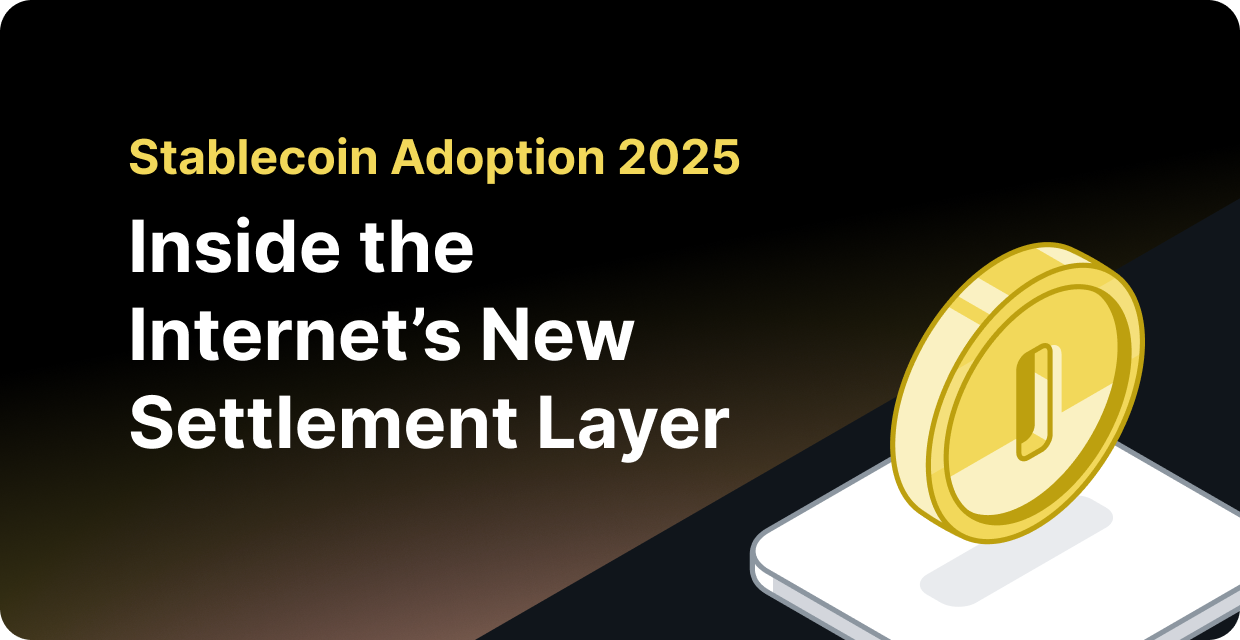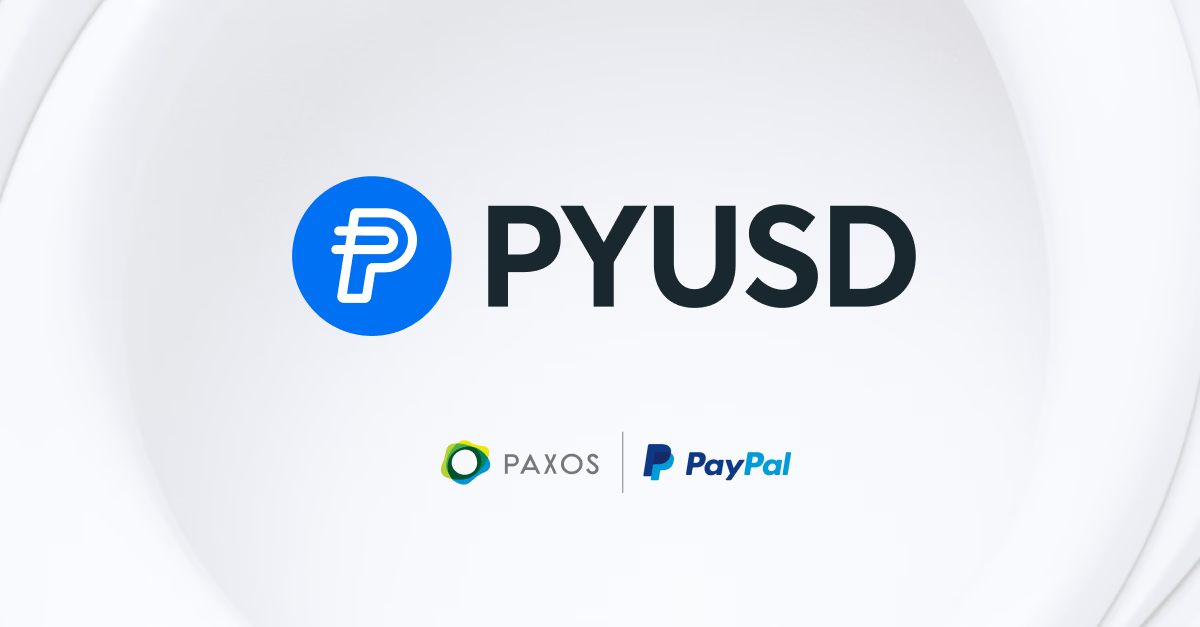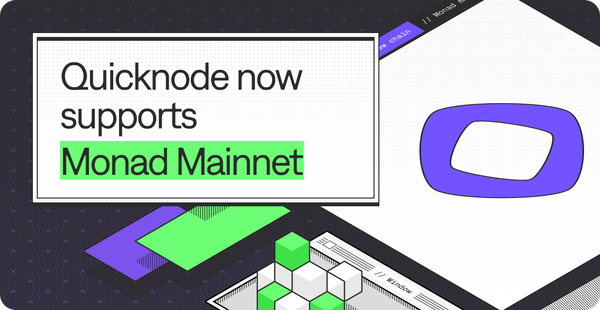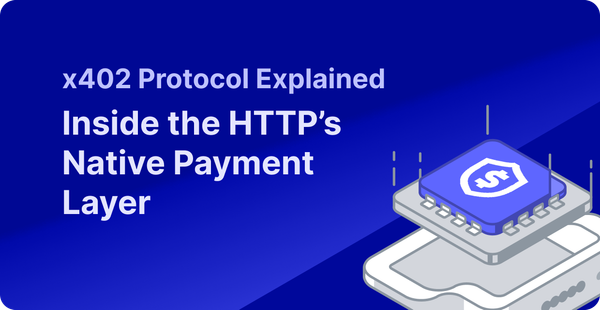Stablecoin Adoption 2025: Inside the Internet’s New Settlement Layer
Stablecoins reached $316B in market cap and $1.25T in monthly volume. Explore how they are reshaping the global financial stack.

Money has taken many forms: stones, shells, metal coins, and paper notes.
But one thing has always stayed the same: its creation and control have rested with governments and banks, only visible to us through their regulations and reserves.
Bitcoin, in 2008/09, was the first meaningful shift of decentralized digital value accessible outside centralized oversight. But, it wasn’t for stability or everyday use.
That’s where stablecoins come in.
These digital dollars maintain traditional currency's price stability while operating on blockchains, allowing anyone to verify the underlying reserves in real-time.
In 2025, with $316 billion in circulation and monthly transactions exceeding $1.25 trillion, stablecoins are an essential piece of the global financial infrastructure.
This blog will cover the adoption of stablecoins, major and relevant plays by institutions, the regulatory stance, and everything in-between.
The Rise of Stablecoins in 2025
Stablecoins have quietly become one of the largest settlement systems on the internet.
By the numbers:
- $316+ billion total stablecoins in circulation
- $1.25 trillion is September 2025’s stablecoins transaction volume
- 316.0 million unique addresses have used stablecoins in the last 12 months
This extraordinary growth is the showcase of trust and utility that stablecoins have garnered from retail users, builders, institutions, governments, and everyone in-between. The breadth and pace of stablecoin adoption are unprecedented — no other form of money has scaled so widely, so fast.
Now, what moved the needle the most for stablecoins?
3 Key Drivers of Stablecoin Adoption in 2025
There are a few developments and initiatives that have together contributed to these out-of-the-world numbers. But, the most impactful ones are:
Regulatory Clarity on Stablecoins
The GENIUS Act established the first comprehensive US federal framework for stablecoins, providing regulatory clarity that institutions demanded.
Similarly, MiCa by the European Union, Stablecoin Ordinance in Hong Kong, and more regulatory actions have furthered the trust in stablecoins.
Strategic Positioning of TradFi Institutions
Traditional financial institutions have moved decisively into the space. JP Morgan has processed over $1.5 trillion worth of stablecoin transactions, while Stripe's $1.1 billion acquisition of Bridge represented the largest crypto purchase by a major payments company.
Even among non-issuers, the strategic positioning is pretty evident.
- Cloudflare announced its NET Dollar focused on AI micropayments.
- While Visa and Mastercard have integrated stablecoins into their settlement infrastructures rather than competing directly.
USDT and USDC Growing into Global Liquidity Rails
The two dominant stablecoins — Tether (USDT) and Circle’s USD Coin (USDC) — continue to anchor most of the ecosystem’s liquidity.
Their integration with traditional finance has been pivotal:
- Tether holds $127 billion in short-term Treasuries, becoming the 7th-largest buyer of US government debt in 2024
- Circle's USDC grew 78% YoY, fueled by its $1.1 billion IPO and institutional banking partnerships
- Together, they hold $150+ billion in US Treasury securities, positioning them as the 17th-largest holder of US debt globally
Both now serve as settlement layers for major banks, payment processors, and multinational corporations.
The next question isn’t whether stablecoins work — it’s how institutions, fintechs, and protocols are building around them.
That’s where the next section begins: the major players defining the digital dollar ecosystem.
The New Players Reshaping the Digital Dollar Ecosystem
While USDT and USDC dominate the stablecoin landscape with their established infrastructure and liquidity, a new wave of enterprise-backed stablecoins is emerging with specialized use cases and strategic advantages.
PayPal PYUSD — The First Mainstream Consumer Stablecoin

PayPal’s PYUSD stands out as the first major consumer stablecoin launched by a regulated payments giant. It has grown from $500 million to $1.4 billion in 2025 which is a 150% increase making it the 9th-largest stablecoin.
Issued in partnership with Paxos Trust, PYUSD is fully backed by U.S. dollar deposits and Treasuries and operates on Ethereum and Solana currently.
World Liberty Financial USD1

World Liberty Financial’s USD1 is one of the fastest growing stablecoins reaching a $2.9 billion market cap within six months.
USD1 positions itself as a compliance-first and institution-grade tokenized dollar. The focus is around corporate treasuries, payment processors, and financial institutions seeking fully transparent, audited reserves.
One of the prime examples of USD1’s utility is when MGX, an investment fund, used USD1 to invest nearly $2 billion in Binance which is arguably the largest institutional crypto investment in history.
Cloudflare NET Dollar

Cloudflare’s NET Dollar is perhaps the most unconventional entrant in this space.
While not a payments company or a crypto exchange, Cloudflare operates at the infrastructure layer of the internet, powering over 20% of global web traffic.
And the NET dollar aims to be the stablecoin vehicle for AI agent micropayments and machine-to-machine transactions.
Think AI agents paying for compute cycles, API calls, or access fees autonomously in real time — a use case traditional payments simply can’t handle.
For Cloudflare, stablecoins are a way to embed value transfer directly into the web’s infrastructure, the same way data packets move today.
Each of these initiatives signals a different frontier of stablecoin evolution:
- PayPal PYUSD → consumer and merchant adoption through familiar fintech channels
- World Liberty USD1 → institutional trust and regulatory alignment
- Cloudflare NET Dollar → programmable infrastructure and AI-native payments
Together, they move stablecoins from a financial instrument to an economic substrate — powering commerce, computation, and compliance in equal measure.
Zooming out, there’s a much bigger development taking shape: an emerging stablecoin stack that could form the backbone of the financial internet itself.
The Stablecoin Stack: What the Future Financial Internet Looks Like
At its core, a stablecoin is just a tokenized dollar.
But around it, an entire architecture is coming together, connecting how value is stored, verified, moved, and programmed across both traditional and decentralized systems. This ‘stablecoin stack’ sits between banks, blockchains, and businesses, quietly redefining how the world’s payment infrastructure operates.
24/7 Global Settlement Layer
Stablecoins have already surpassed traditional payment rails in both speed and availability. They settle in seconds, across time zones, skipping all intermediaries.
The settlement layer is where stablecoins have made the most progress, thanks to both:
- Public chains (Ethereum, Solana, Base) processing billions in daily transfers
- Private networks (JPMorgan's Onyx, Visa's USDC settlements, Circle's CCTP) bringing the same model into regulated environments
With both of this, the stablecoin becomes the universal settlement asset: programmable, verifiable, and interoperable.
Identity and Compliance Layer
The regulatory and compliance infrastructure is developing unevenly.
The GENIUS Act in the US and MiCA in the EU are setting standards for stablecoin issuers: capital adequacy, reserve transparency, and redemption rights.
At the protocol level, on-chain identity and privacy-preserving compliance tools are still in development. Once they go live, participants can prove identity and compliance without revealing sensitive data which will make stablecoins very privacy-first and safe money.
Application Layer
This is where stablecoins are starting to blend into the products people already use.
Fintech platforms, web3 applications, and even AI systems are embedding stablecoins directly into their workflows: payroll, remittances, streaming payments, data access, and subscription logic.
Stripe’s crypto payouts and PayPal’s PYUSD bring instant, on-chain settlement to mainstream commerce.
And there are more opportunities. For instance, Cloudflare’s NET Dollar could enable machine-to-machine micropayments for compute and APIs.
This is where stablecoins stop being ‘crypto’ and start being invisible money, powering user experiences that feel as seamless as the internet itself.
The stablecoin stack may still be under construction, but its trajectory is clear — money is moving toward networks that are open, programmable, and borderless.
And as each layer matures, stablecoins are starting to look less like a crypto product and more like the internet’s native settlement standard.
The Road Ahead: Stablecoins and the Future of Digital Money
Stablecoins are a fundamental rewiring of how value moves through the global economy.
Banks maintain their core functions while gaining programmability. Payment processors preserve their merchant relationships while reducing settlement friction. The result is a financial internet where money moves with the same speed and minimal friction as information does today.
Honestly, not everything is solved. Interoperability, privacy, and compliance automation remain open questions. But, the foundation is strong.
The next phase of adoption will hinge less on speculation and more on integration: banks embedding stablecoin rails into treasury systems, fintechs using them for instant cross-border payouts, and regulators refining the frameworks that make these assets safe for global use.
About QuickNode
Founded in 2017, QuickNode provides world-class blockchain infrastructure to developers and enterprises. With 99.99% uptime, support for 80+ blockchains, and performance trusted by industry leaders, QuickNode empowers builders to deploy and scale next-generation applications across Web3.
Start building today at quicknode.com





